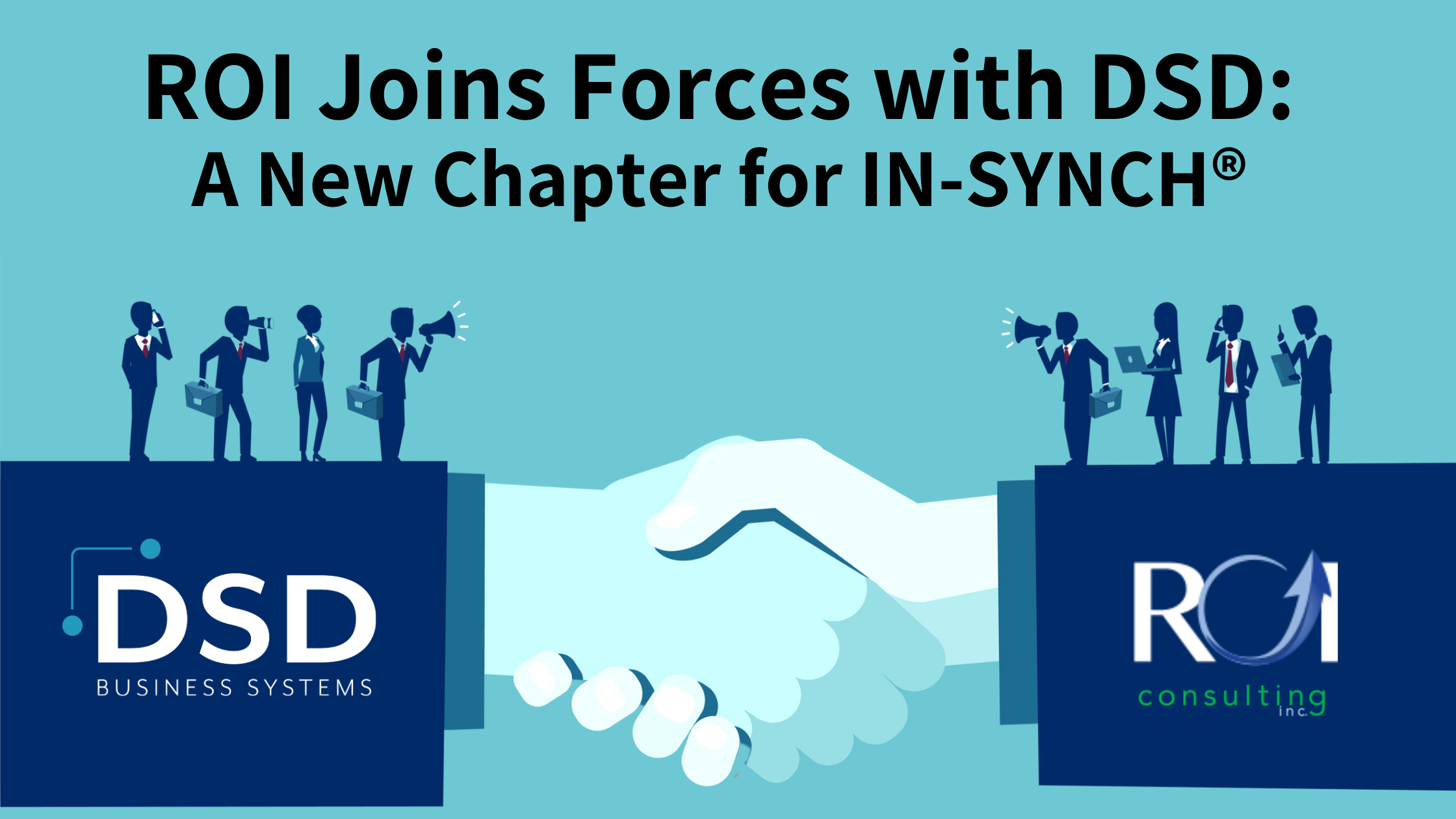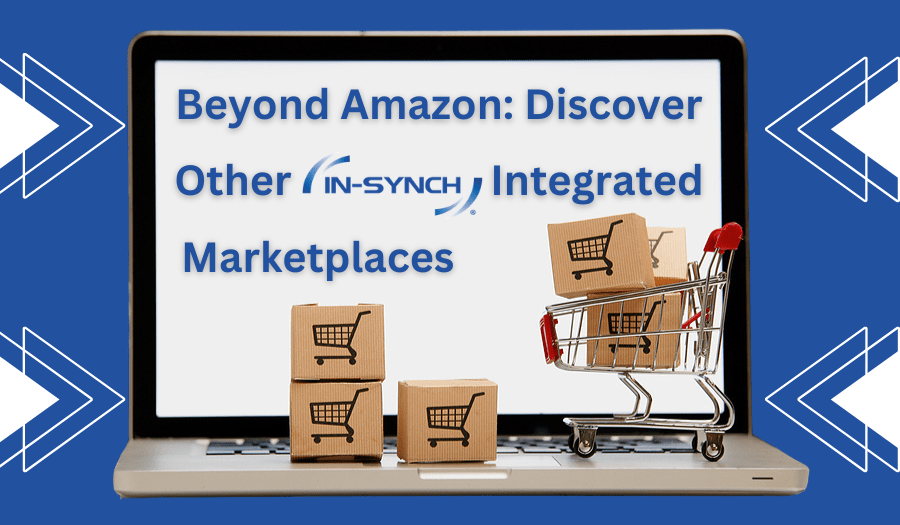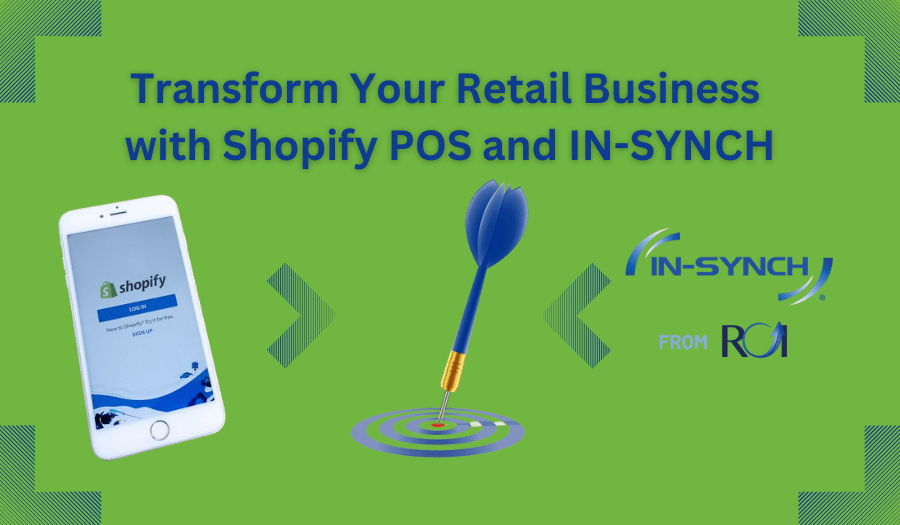By Ruth Richter • December 27, 2019
When most people think of ecommerce, they likely first think of online retail, selling direct to the customer (B2C). But B2B—business to business—ecommerce is on the rise. In fact, according to a recent survey, nearly three-quarters of surveyed respondents predicted that the majority of their company’s revenue will come from B2B ecommerce sites by 2025.
Many B2Bs are planning to open direct, online selling paths for new revenue sources. B2B ecommerce is already on the uptick, with online B2B sales already hitting $1 trillion in 2018 and predictions of $1.3 trillion for 2019 by the end of the year.
Why You Need B2B Ecommerce Now
These numbers are certainly compelling enough to consider increasing ecommerce capabilities in 2020 or getting into ecommerce if you’re not already there. Starting out in B2B ecommerce for the first time might feel overwhelming. When is the best time? What’s the best platform to try? Business is good right now, so do we really need to invest in ecommerce?
While it’s profitable to continue building and maintaining offline customer relationships, the current marketplace is primed for digital. Adding ecommerce makes it easier for customers to find you, widens your potential customer reach, and puts the business on the path for future success.
Signs of the Times
It’s important not to jump into ecommerce just because it’s the latest and greatest thing to do. But if your business is experiencing any of these five signs, it might be time to seriously consider launching your ecommerce ventures.
- Current customers make a lot of repeat orders. Many B2B sellers are already preferred suppliers for many of their customers. Building out a B2B ecommerce site speeds up their reorder process and increases customer satisfaction. A customer portal with login can populate products with custom pricing for your best repeat clients, or even set up an automatic subscription service to consistently deliver their most frequently purchased items.
- Buying online is the new normal. When Amazon launched, it was a bit of an outlier. Now it’s one of the top ecommerce sites in use. Customers of all types—including B2B—are increasingly comfortable buying online. If your competitors have already begun selling online and you’re not, you could lose business to them. Future-proof your business now by building in ecommerce capabilities to your website.
- Data, data, data. Your ecommerce platform will create a plethora of data on your customers’ buying habits, search processes, and more. It’s internal market research right at your fingertips. Analyzing this information can lead to improved processes, interaction, and key metric identifiers for growing the business. Data may even give you a competitive advantage, pushing your company above the crowd of competition.
- Customers expect ecommerce. Buying online now is more the rule than the exception. Customers are comfortable with the process of researching and purchasing products online and receiving the item as described a few days later. Replicating that familiar B2C experience in your B2B ecommerce experience can grow transactions for your digitally-minded customers.
- It’s time to update your website anyway. Best practices for websites are constantly evolving, just like the internet itself. Outdated websites can count against you in a new customer’s mind, even if your products and pricing are superior to the competition. If it’s time to update your website anyway, why not add in an ecommerce platform? There are plenty of cost-effective options that can easily add ecommerce into your site in a way that falls within your budget . . . and raises your profit at the same time.
Connect B2B Ecommerce With ROI
As online presence for selling of all types—B2C, B2B, C2C, even C2B—grows, offline businesses run the risk of losing their competitive edge. Older methods of selling will hold your organization back from taking advantages of customers who default to newer methods of purchasing. Now is the time to embrace change and make serious plans to add ecommerce to your B2B site.
Getting up and running on ecommerce takes more than just adding an ecommerce platform onto your website. Data from the ecommerce platform needs to flow effortlessly into other business systems such as your ERP and warehouse management systems for proper processing. With integrated websites and marketplaces, information flows effortlessly to eliminate manual work and prove a smooth customer experience from first click to product delivery.
To meet this need, ROI developed its flagship solution, IN-SYNCH, a Sage 100 integration solution. IN-SYNCH’s flexibility facilitates integration across accounting and third-party applications to save your organization time and money. Let us show you how to simplify your ecommerce with integration and customization. Talk to one of our experts now.




